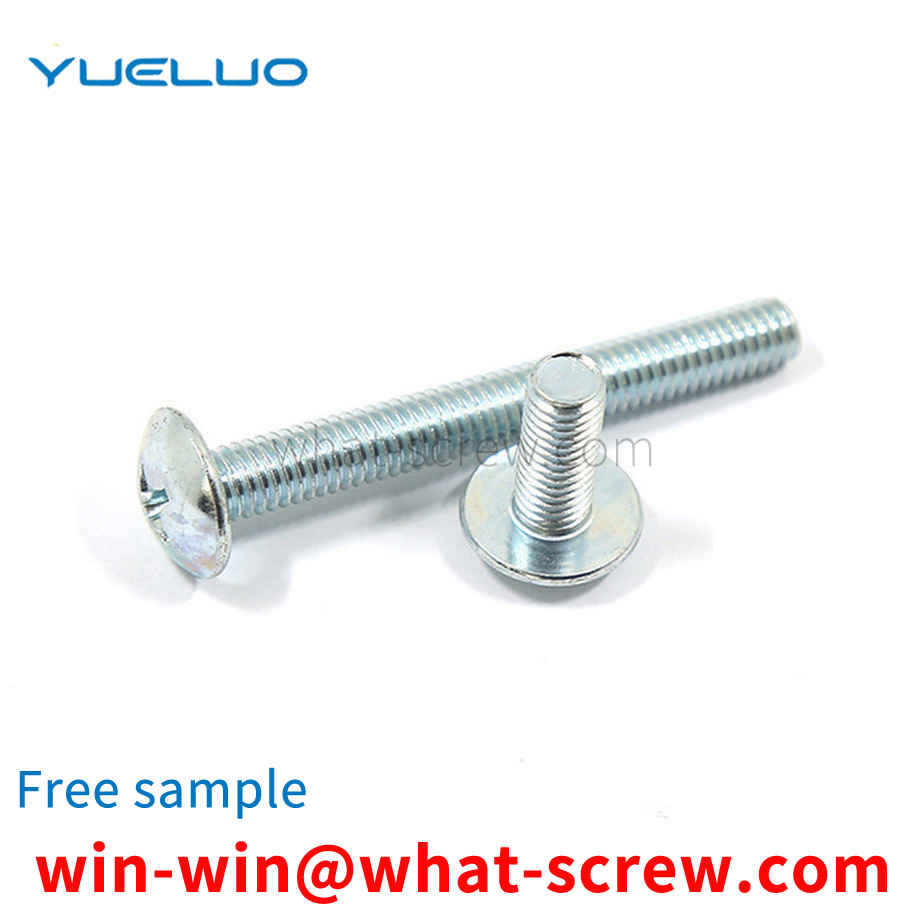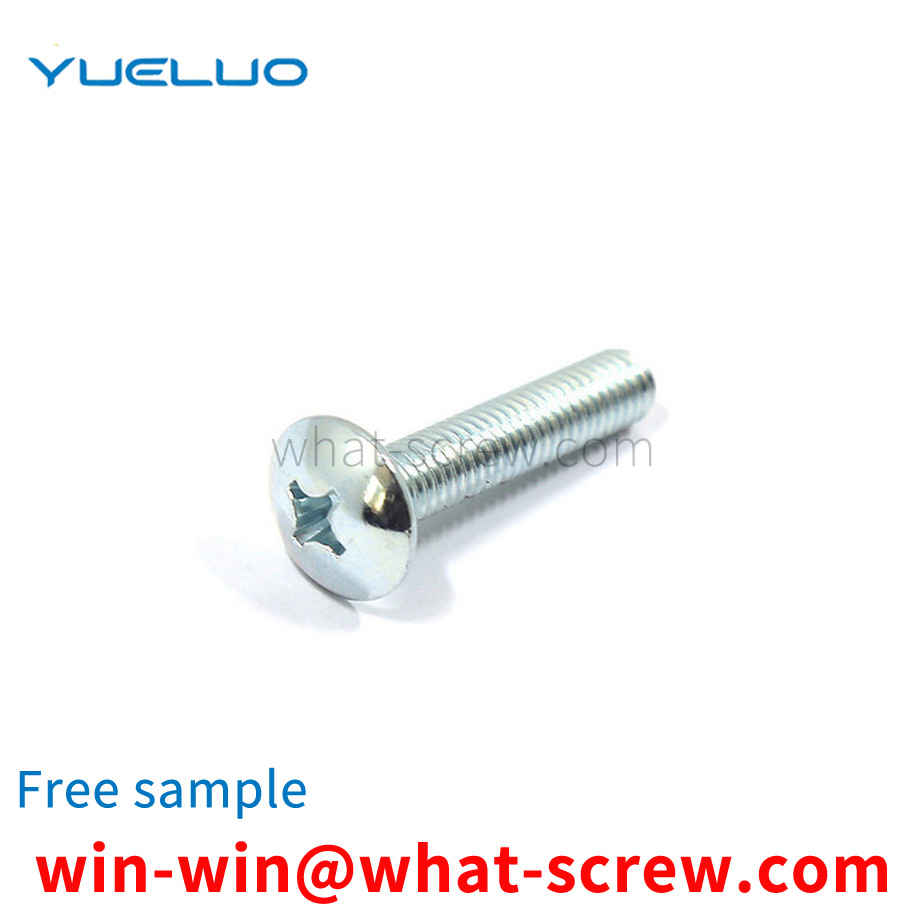In the existing life, repair parts are often used to repair the cassettes with damaged screw holes, and the screw holes on the repair parts are used instead of the original damaged cassette screw holes. However, in the prior art (application number: 201520948368.1), the restoration is fixed by rotating the support of the restoration, which is often inconvenient due to the small space of the cassette. In addition, the set screw in the prior art mainly fastens the object through the end of the screw without threaded holes, which makes it difficult to install external screws. Based on this, a method of extruding the support through a set screw with screw installation holes and tightening the repair piece, and then installing the screw on the set screw, will facilitate the quick installation and use of the repair piece.
The circlip lifting and tightening mechanism includes a lifting mechanism and a tightening mechanism; the lifting mechanism includes a lifting cylinder and a ball screw; the output shaft of the lifting cylinder is connected with the ball screw; the ball screw drives the tightening mechanism to achieve up and down move; the tightening mechanism includes a tightening motor, and the output shaft of the tightening motor drives a pinion sleeved on the output shaft to rotate; the pinion drives the largest gear meshed with it to rotate, and the largest gear is driven by The second largest gear meshed with it rotates; the diameter of the first largest gear is the same as that of the second largest gear; the lower ends of the rotating shafts of the first largest gear and the second largest gear are equipped with rotating discs, and each rotating disc is fixedly installed A probe; two probes can be inserted into the two holes of the circlip at the same time, and the circlip can be tightened or loosened as the motor rotates.
Subject content and scope of application This technical requirement specifies the technical requirements for the manufacture, installation and inspection of high-strength bolted joints of mobile machinery and equipment. Contents not specified in this technical requirement shall be implemented in accordance with relevant national standards. This technical requirement applies to mobile machinery steel structures that require high-strength bolted connections. This technical requirement applies to quality control and construction methods for in-plant and on-site installations. 2. Joint surface treatment 2.1 For friction type high-strength bolt connections, the joint surfaces at the joints are required to be in close contact with each other and have a sufficient friction coefficient. When the design drawing does not specify the treatment requirements for the joint surface, the treatment shall be carried out according to the following regulations: sandblasting or shot blasting the joint surface of high-strength bolts, remove impurities such as rust and oil stains on the surface, and reach the Sa2.5 standard , the roughness is 50 ~ 75μm, and the friction coefficient shall not be lower than 0.40. When there are regulations in the drawings, follow the regulations in the drawings. 2.2 The friction surface of the treated high-strength bolt connection should take protective measures to prevent contamination with dirt and oil. It is strictly forbidden to make any marks on the friction surface of the high-strength bolt connection. During storage in the factory, or during transportation, to the installation site, special precautions should be taken to prevent contamination of the connection surfaces. The installation unit should pay special attention to protecting the cleanliness and friction surface characteristics of the connecting plate of the high-strength bolt and the connecting surface of the parent body. It is not allowed to use a grinder to grind the connecting surface of the connecting plate and the connecting surface of the parent body. 3 Inspection of the anti-slip coefficient of the friction surface of high-strength bolts The inspection of the anti-slip coefficient should be based on the steel structure manufacturing batch, and each 2000t of a single project is regarded as a manufacturing batch, and those less than 2000t are regarded as a batch. When two or more surface treatment processes are selected, each surface treatment process needs to be inspected. Each batch of three groups of specimens. If the connection is diffused to an external enterprise, each corresponding enterprise shall conduct an anti-slip coefficient test. 3.1 The test piece used for the anti-slip coefficient test should be processed by the factory or the diffusion enterprise. The test piece and the representative steel structure member should be of the same material, produced in the same batch, using the same friction surface treatment process and have the same surface state. And use the same batch of high-strength bolt connection pairs of the same performance level and store them under the same environmental conditions. The anti-slip coefficient test is carried out according to the test method of GB50205 Code for Acceptance of Construction Quality of Steel Structure Engineering. 3.2 The minimum value of the anti-slip coefficient inspection must be equal to or greater than the design specified value. When the above specified values are not met, the friction surface of the component should be reprocessed. The friction surface of the treated component is re-inspected. 4. Connection and installation of friction type high-strength bolts for steel structures 4.1 Preparations before installation 4.2 Select qualified bolts, nuts and washers. The guarantee period for the torque coefficient of the connecting pair is six months from the date of delivery. 4.3 Bolts, nuts and washers in the following cases are unqualified products and are prohibited from being used. a. The source (manufacturer) is unknown; b. The mechanical properties are unknown; c. The torque coefficient k is unknown; d. Defective; e. No performance test report attached; f. Mixed with other batches of bolts; g. Bolts with insufficient length, that is, the bolt head does not show the end face of the nut after tightening. Generally, the length of the end face of the nut to be taken out is 2 to 3 threads. h. The torque coefficient of the connecting pair exceeds the warranty period. Special attention should be paid to waterproofing during transportation and storage. 4.4 Before the construction of the large hexagonal head high-strength bolts, the torque coefficient of the high-strength bolt connection pair should be re-inspected according to the factory approval. Each batch of 8 sets should be re-inspected. Less than or equal to 0.010. The re-inspection method of the torque coefficient shall be carried out in accordance with the provisions of GB50205 Code for Acceptance of Construction Quality of Steel Structure Engineering. The installation of high-strength bolts should be carried out within a short period of time after the test.
However, although the above-mentioned screw belt (2) can achieve the expected effect, it is also found in its actual implementation. Although this structure has multiple grooves on both sides of the main body for the driving and turning of the locking screw tool, However, the groove is only used for driving the screw belt drive, and since the screw will swing on the screw belt, it is impossible to stably align the screw on the screw belt with the point where the screw is to be set. , which leads to great inconvenience in operation and use, and also affects the efficiency of screw and screw installation, so that there is still room for improvement in the overall structural composition.
The t-bolt can be directly put into the groove of the aluminum profile. It can be automatically positioned and locked during the installation process. It is often used in conjunction with the flange nut. profiles to choose from. T-bolts are movable anchor bolts. Bolt: A mechanical part, a cylindrical threaded fastener with a nut. A type of fastener consisting of a head and a screw (a cylinder with an external thread) that needs to be matched with a nut to fasten and connect two parts with through holes. This form of connection is called a bolted connection. If the nut is unscrewed from the bolt, the two parts can be separated, so the bolt connection is a detachable connection. There are hexagonal head, round head, square head, countersunk head and so on. Among them, the hexagonal head is commonly used. Generally, the countersunk head is used in places where the surface is required to be smooth without protrusions, because the countersunk head can be screwed into the part. Round heads can also be screwed into parts. The tightening force of the square head can be larger, but the size is large.
We have many years of experience in the production and sales of screws, nuts, flat washers, etc. The main products are: hexagon socket machine screws, machine screws, outer hexagon nuts and nuts, hollow aluminum rivet nuts and other products, we can provide you with suitable products for you fastener solutions.



















 Service Hotline
Service Hotline




